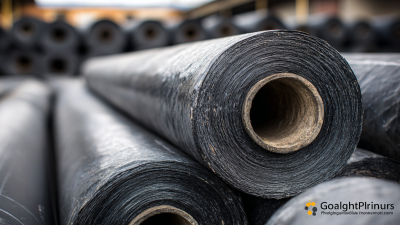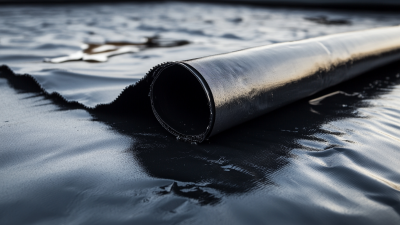Inquiry
Form loading...
- Phone
- E-mail
The advent of modern environmental solutions calls for innovative materials that address waste management, containment, and environmental protection effectively. One such material making a significant impact is the Hdpe Geo Membrane, a high-density polyethylene membrane known for its durability and flexibility. This advanced product is increasingly used in a variety of applications, ranging from landfill lining and waste containment to water management systems and waterproofing in civil engineering. By providing a barrier against liquids and contaminants, the Hdpe Geo Membrane not only enhances environmental safety but also contributes to sustainable development practices. In this guide, we will explore the multifaceted benefits of using Hdpe Geo Membrane in contemporary environmental projects, highlighting its role in improving efficiency, reducing environmental risks, and promoting long-term ecological health.
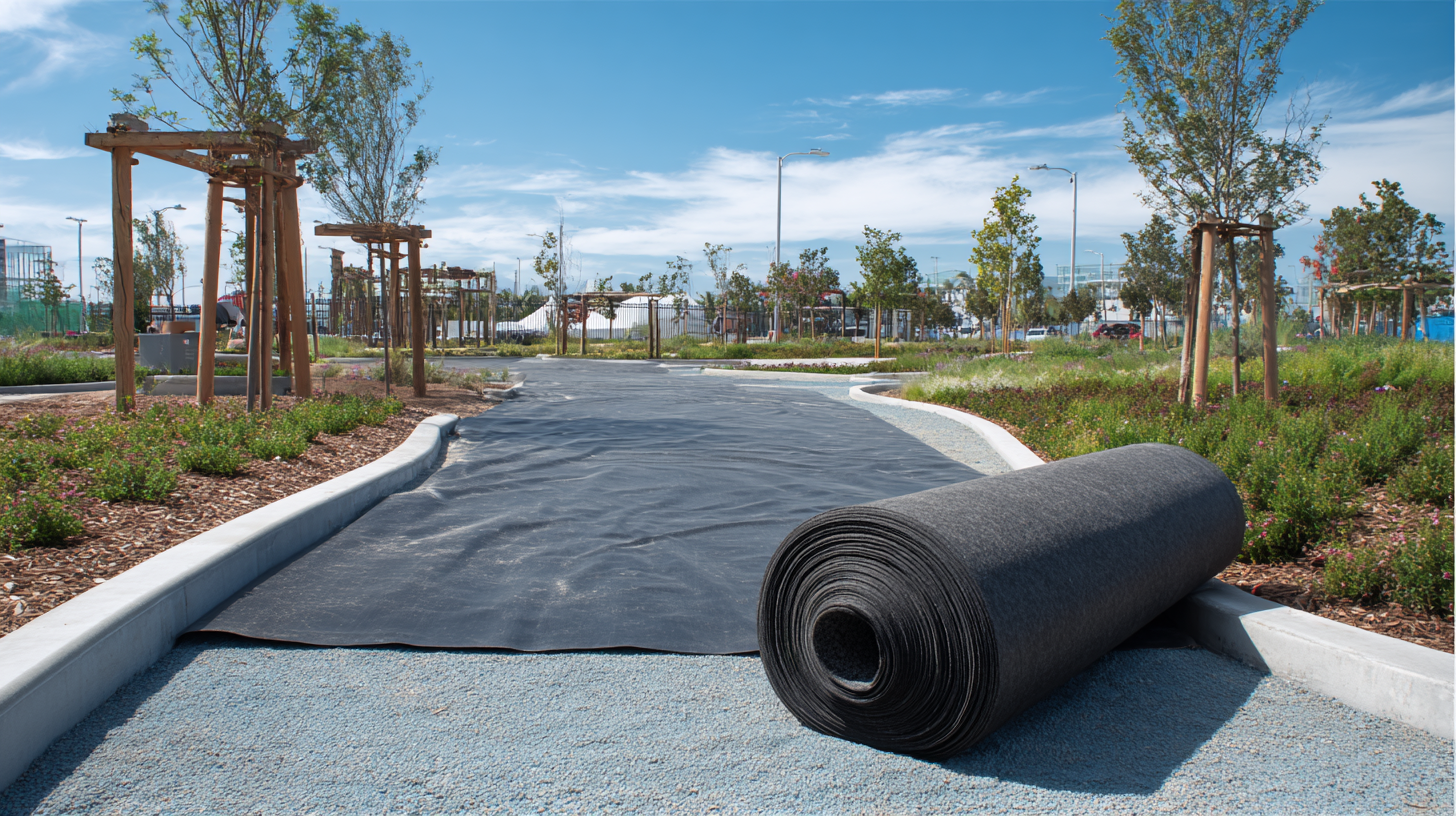
HDPE (High-Density Polyethylene) geo membranes have emerged as essential materials in a variety of modern environmental applications due to their unique composition and properties. These geo membranes are primarily composed of polyethylene, which is known for its high density and exceptional durability. The robustness of HDPE makes it an ideal choice for applications such as landfill liners, waste containment systems, and aquaculture, where resistance to punctures, UV radiation, and chemical degradation is critical.
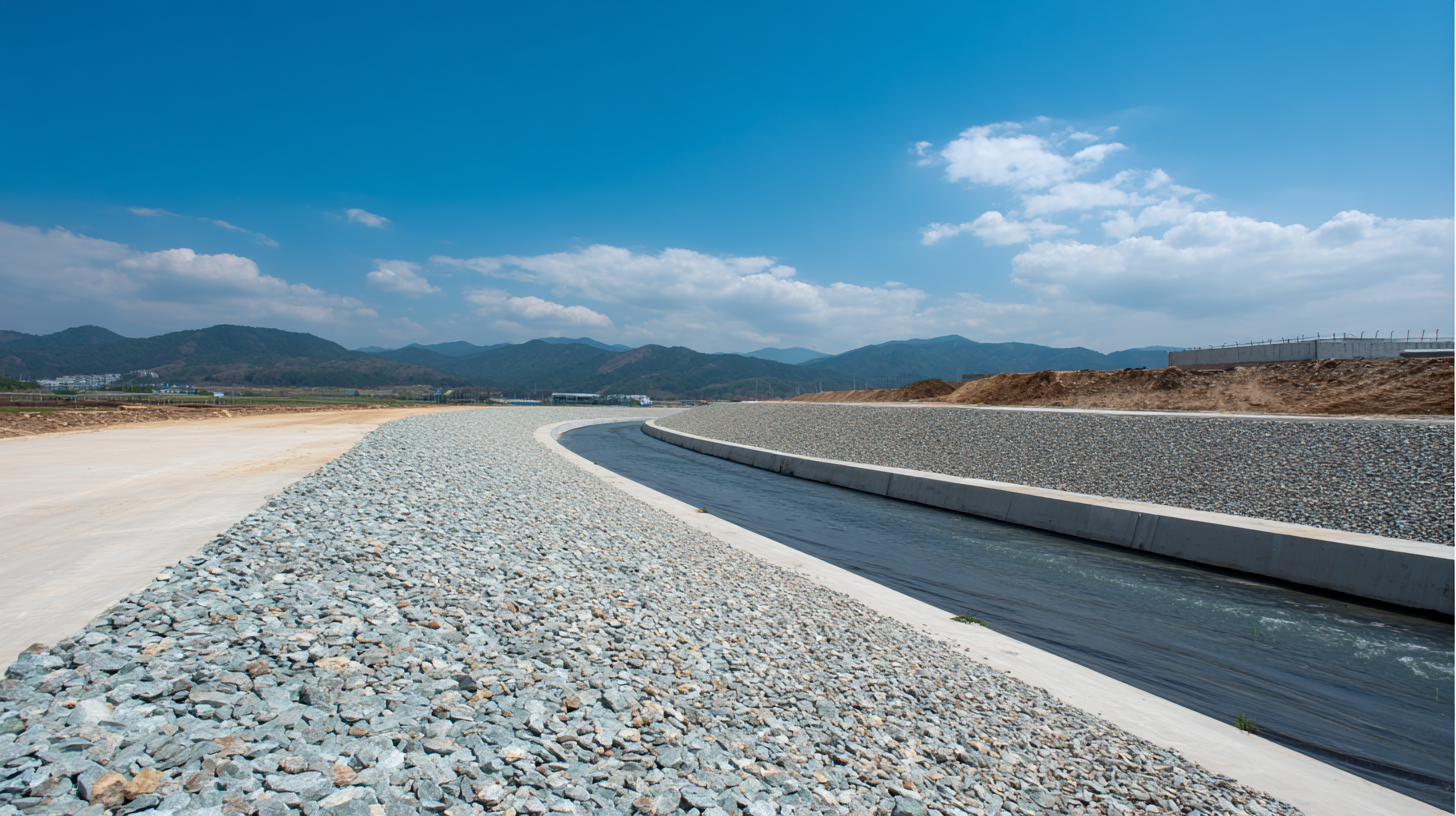
In addition to their strength, HDPE geo membranes are lightweight and flexible, allowing for easy installation and adaptability to various landscapes and environmental conditions. The combination of these properties significantly enhances their performance and longevity in environmental solutions. Recent advances in material technology, including the development of composite materials that integrate HDPE, have further expanded the potential uses of these membranes, showcasing their versatility in addressing contemporary environmental challenges.
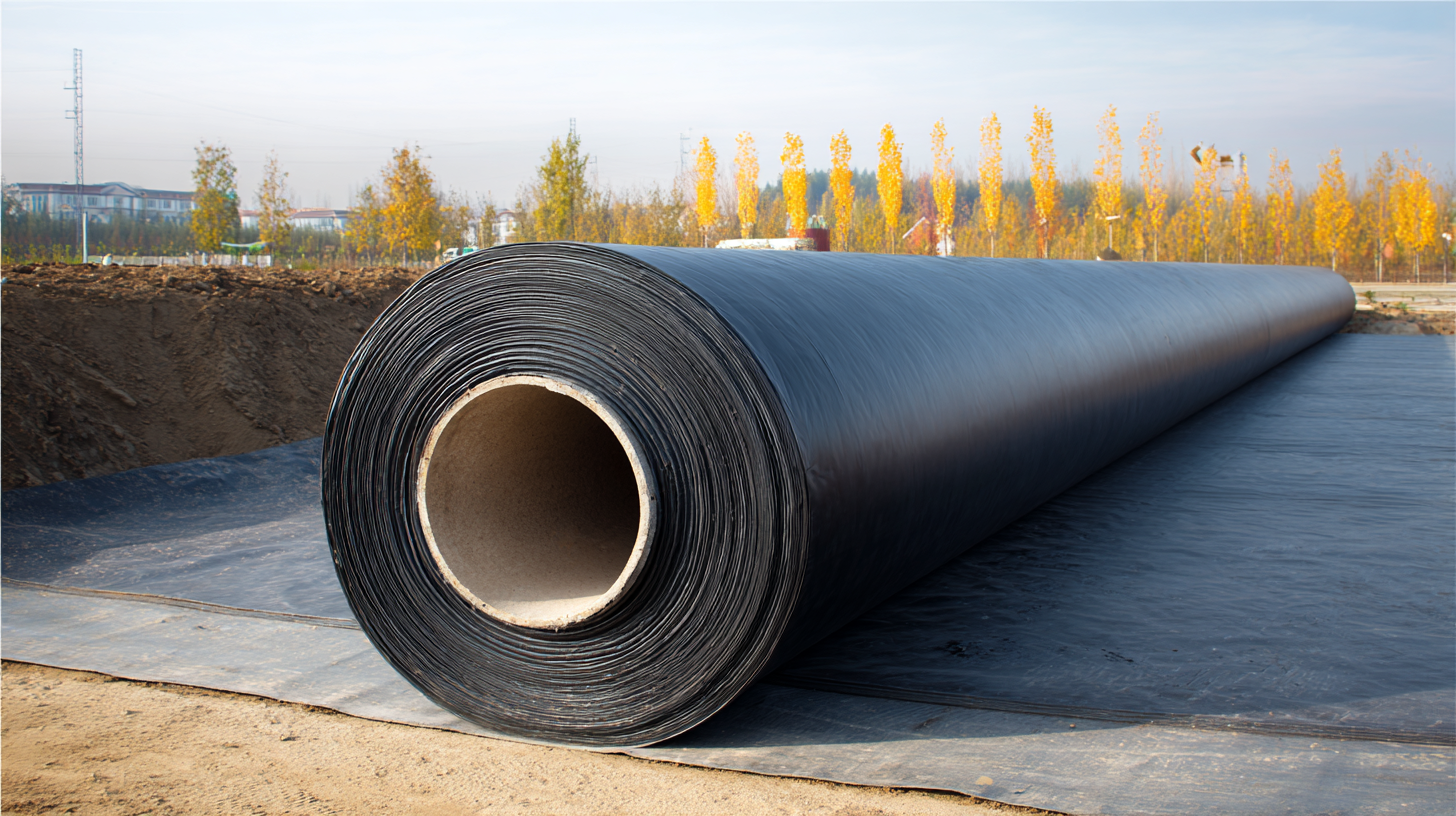 HDPE (High-Density Polyethylene) geomembranes play a crucial role in various environmental protection applications due to their durability, flexibility, and resistance to chemicals. These materials are extensively utilized in landfill liner systems, where they provide a barrier to contain waste and prevent leachate from contaminating groundwater. In addition, HDPE geomembranes are employed in water reservoirs and containment ponds, ensuring that water remains clean and safe for use.
HDPE (High-Density Polyethylene) geomembranes play a crucial role in various environmental protection applications due to their durability, flexibility, and resistance to chemicals. These materials are extensively utilized in landfill liner systems, where they provide a barrier to contain waste and prevent leachate from contaminating groundwater. In addition, HDPE geomembranes are employed in water reservoirs and containment ponds, ensuring that water remains clean and safe for use.
Tips: When selecting an HDPE geomembrane for your project, consider the thickness and properties that best suit your specific environmental conditions. Proper installation is also vital, so ensure that you engage with professionals who understand the nuances of geosynthetic materials.
Moreover, the versatility of HDPE geomembranes extends to agricultural uses, such as animal waste management and aquaculture. By utilizing these membranes, farmers can effectively manage waste while minimizing environmental impact. Furthermore, they support sustainable practices by ensuring water retention and reducing erosion in agricultural lands.
Tips: Regular maintenance checks can help identify potential issues with your HDPE lining systems, extending their lifespan and efficiency. It’s also beneficial to stay updated on the latest technology and materials that can enhance the performance of geomembranes in your projects.
High-Density Polyethylene (HDPE) geomembranes have emerged as a vital component in modern waste management systems, offering significant advantages that enhance efficiency and sustainability. According to the Geosynthetic Research Institute, the impermeability of HDPE geomembranes, with flow rates as low as 1 x 10^-10 cm/s, makes them exceptional barriers against leachate, thus protecting groundwater from contamination. This property is essential for landfills, where the risk of toxic substance leakage poses a considerable environmental threat.
Moreover, the durability of HDPE geomembranes is noteworthy. They can withstand various temperature fluctuations and harsh weather conditions, boasting a service life that exceeds 30 years when properly installed, as per data from the International Geosynthetics Society. This longevity not only reduces replacement costs but also minimizes the frequency of construction and associated environmental disturbances. With low maintenance requirements and a high degree of flexibility, HDPE geomembranes are well-suited for a range of applications, including ponds, lagoons, and other containment systems, promoting an eco-friendly approach to waste management that aligns with modern environmental standards.
| Benefit | Description | Application in Waste Management | Environmental Impact |
|---|---|---|---|
| Durability | High resistance to physical and chemical stressors. | Lining landfills to prevent leachate contamination. | Minimizes soil and groundwater pollution. |
| Cost-Effectiveness | Low maintenance costs and longevity reduce overall expenses. | Used in wastewater treatment facilities to contain sludge. | Reduces operational costs while ensuring safety. |
| Flexibility | Easily adapted to various project requirements and site conditions. | Effective in constructing temporary waste storage facilities. | Promotes efficient space utilization. |
| Easy Installation | Quick to deploy, minimizing project timelines. | Adaptable for rapid response waste containment solutions. | Facilitates timely environmental protection measures. |
| Chemical Resistance | Resistant to a wide range of chemicals and pollutants. | Used in hazardous waste landfills to mitigate leak risks. | Protects the ecosystem from toxic exposure. |
The installation of HDPE geomembranes in modern projects involves innovative techniques that enhance efficiency and effectiveness. One of the key methods includes the use of automated installation machinery, which significantly reduces labor costs and minimizes human error. By utilizing advanced robotics and sensors, project teams can achieve precise placement and alignment of the geomembranes, ensuring optimal coverage and impermeability.
This technology not only accelerates the installation process but also improves the overall quality of the work.
Another noteworthy innovation is the development of heat fusion techniques, which provide strong, reliable seams that resist environmental stressors. By employing specialized equipment to heat and fuse the edges of the geomembrane, contractors can create durable joints that withstand extreme conditions.
Additionally, the incorporation of geodetection systems allows for real-time monitoring during installation, enabling quick identification and resolution of potential issues. This approach not only enhances the longevity of the geomembrane but also assures that the environmental solutions meet stringent regulatory standards.
The advancements in HDPE geomembrane technology are set to revolutionize various sectors, especially in environmental management and sustainability. As the geomembrane market is projected to grow significantly, nearing $4.62 billion by 2030, new innovations are emerging to enhance performance and longevity. These developments are driven by the need for reliable solutions in sectors such as waste containment, water resource management, and agricultural applications.
One notable trend is the introduction of advanced HDPE resins that improve the durability of geomembranes in oxidative environments. This not only extends their life expectancy but also ensures effective containment and protection against environmental hazards. Additionally, the push for circularity in the industry is gaining momentum, with research focusing on sustainable practices, encouraging the use of recyclable materials, and improving the overall ecological footprint of geomembranes. As these technologies evolve, the future of HDPE geomembranes looks promising, offering sustainable solutions that align with environmental goals.

